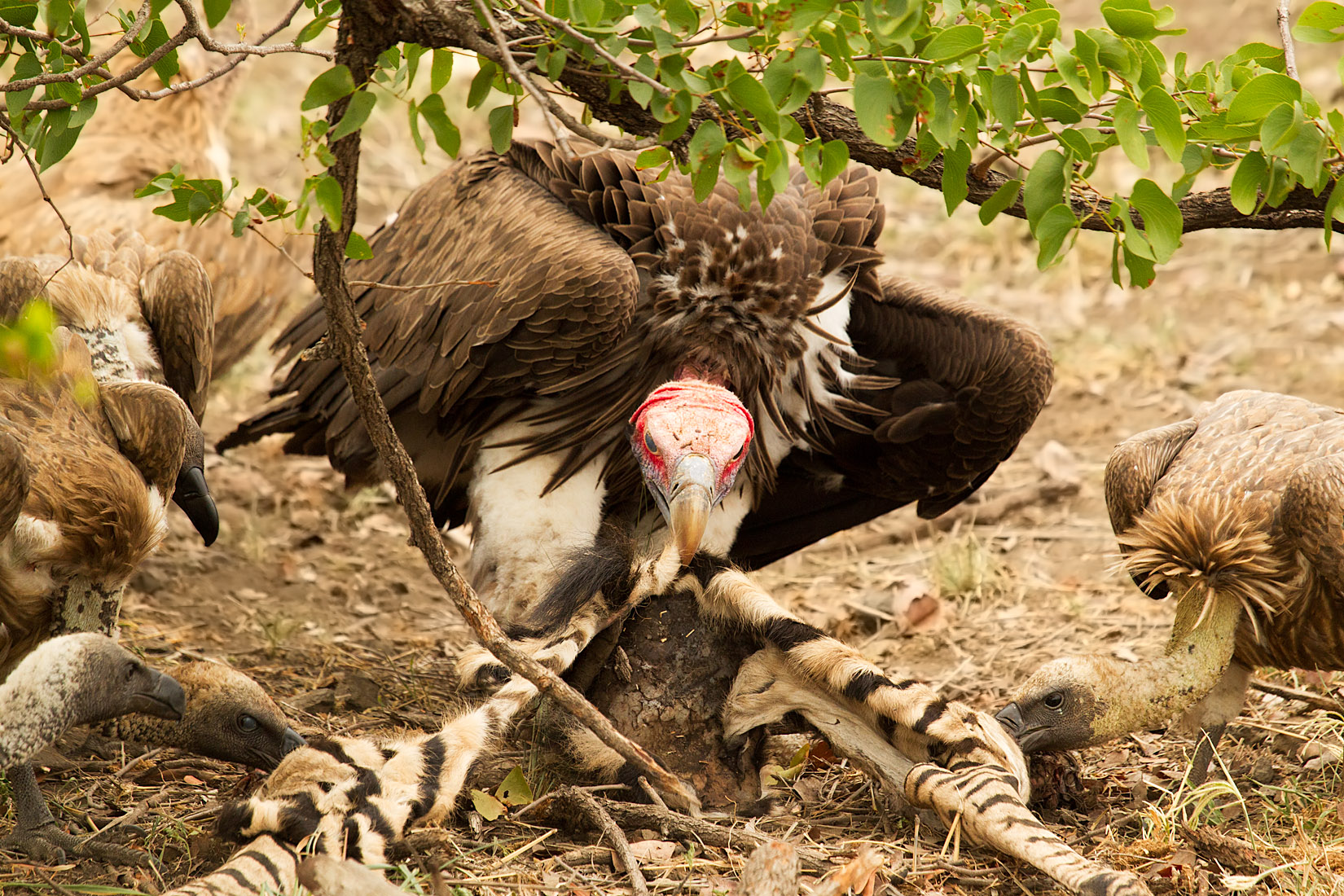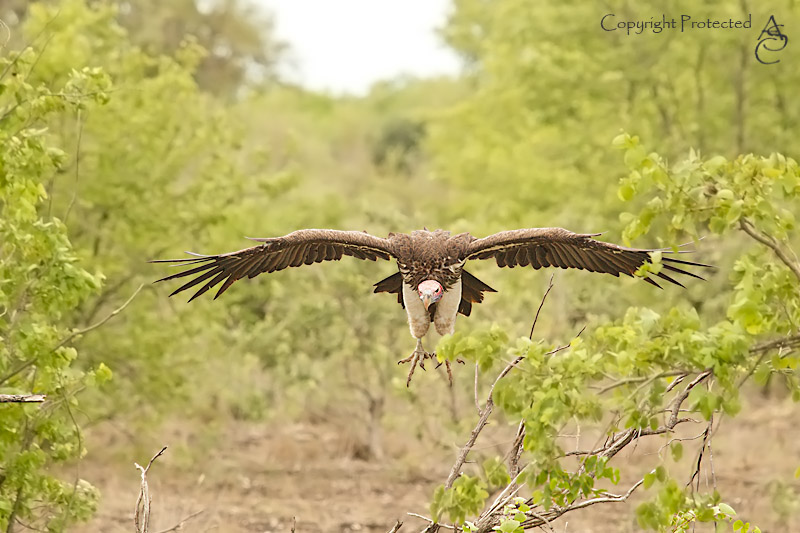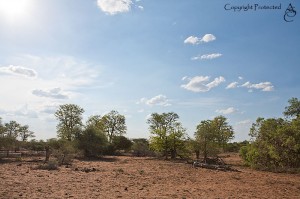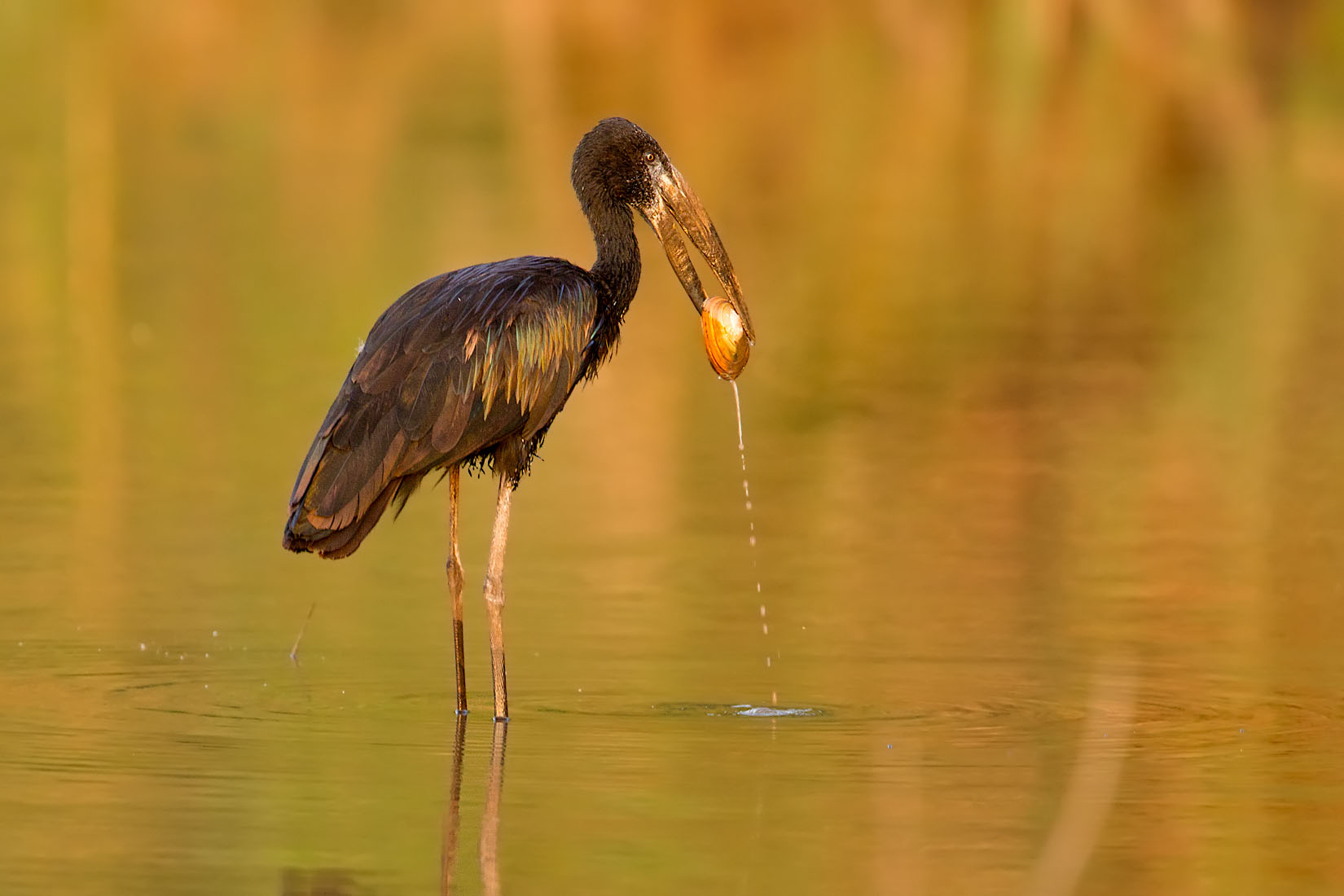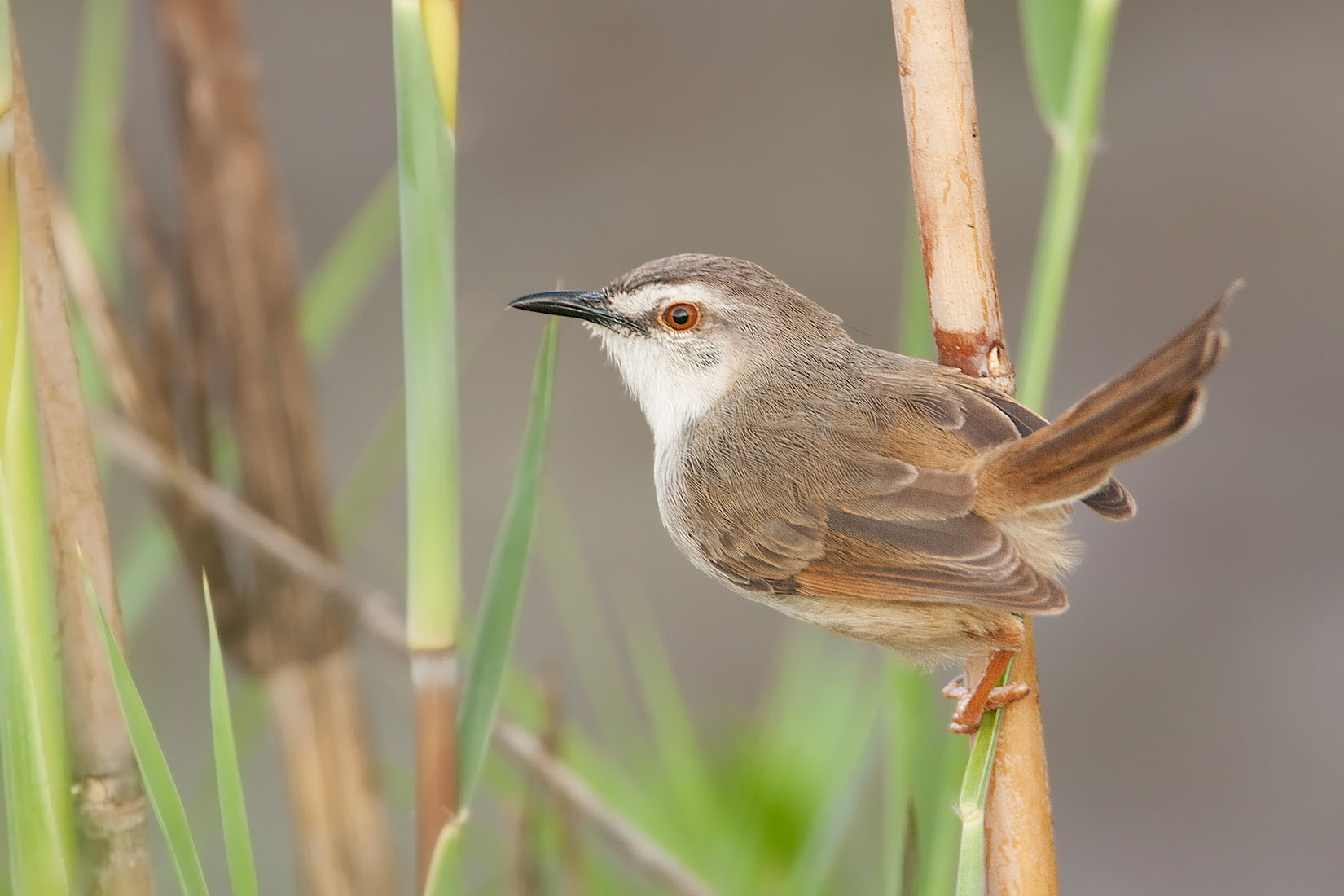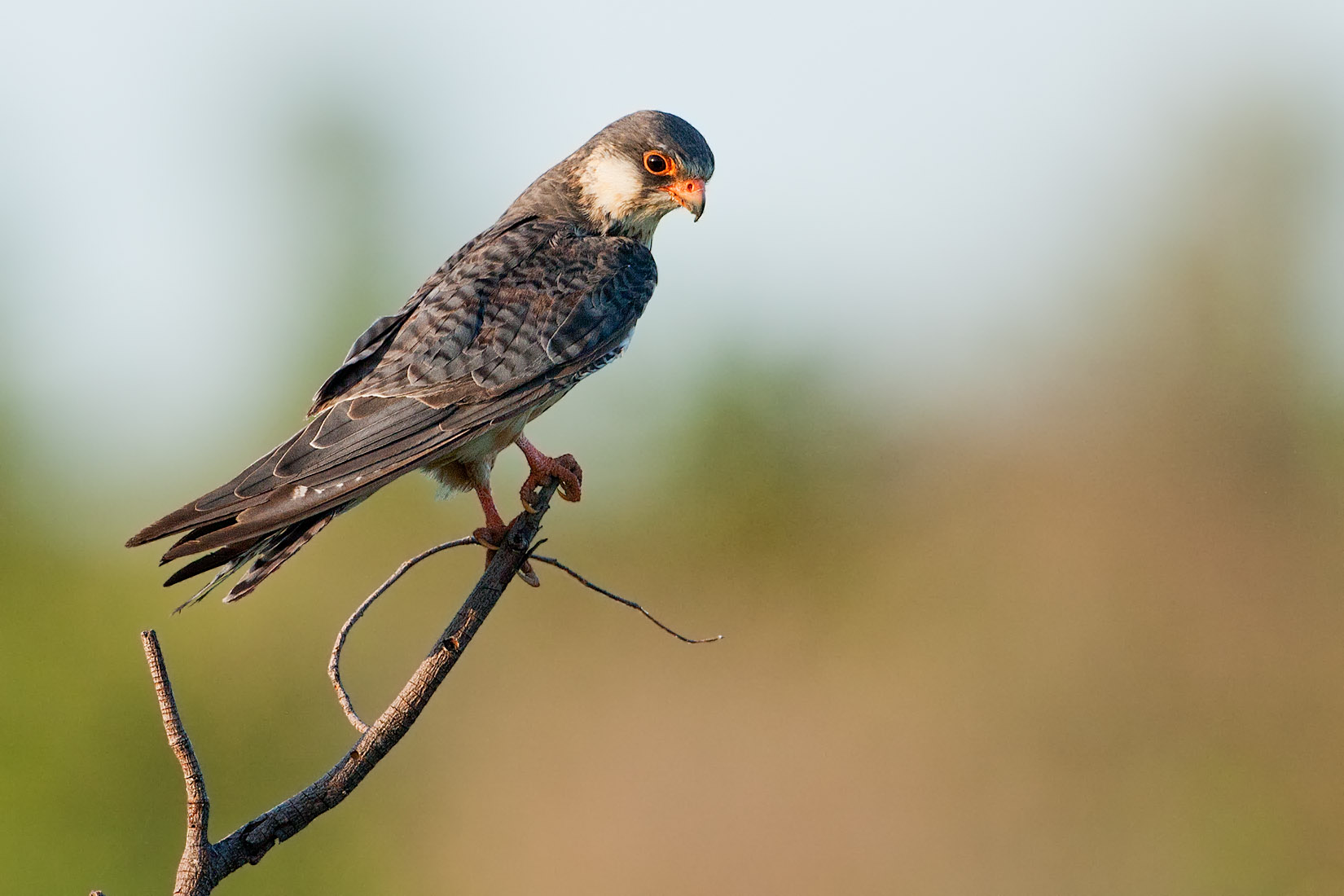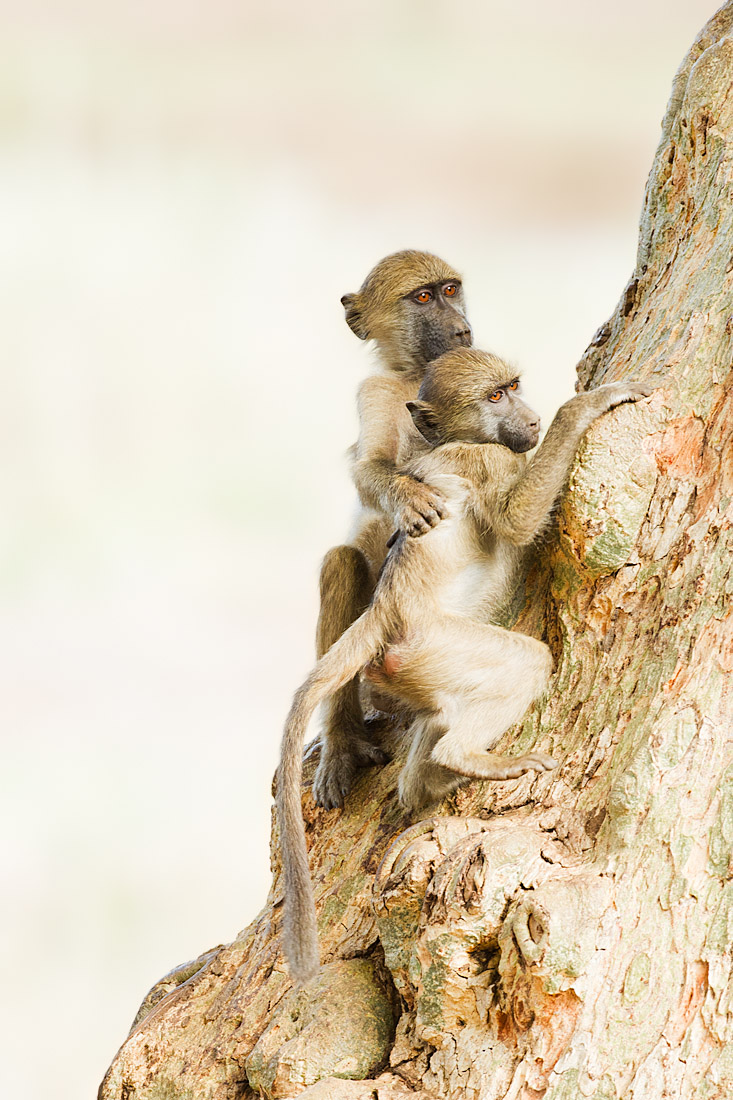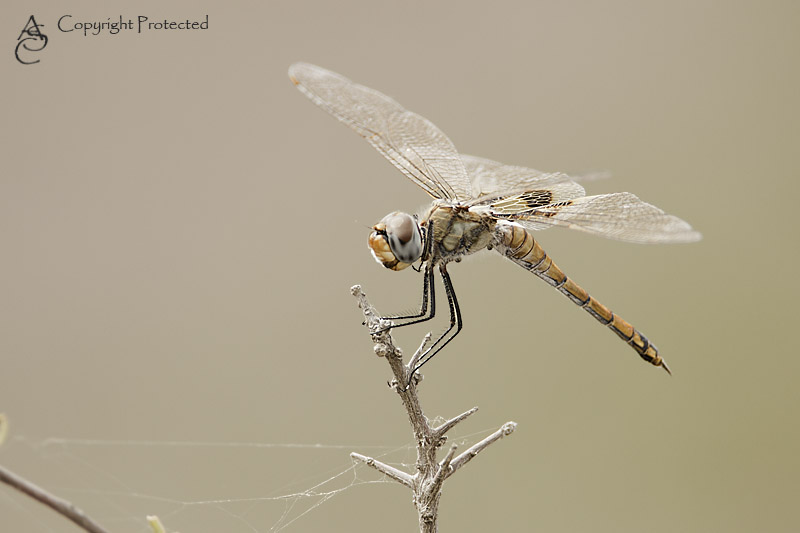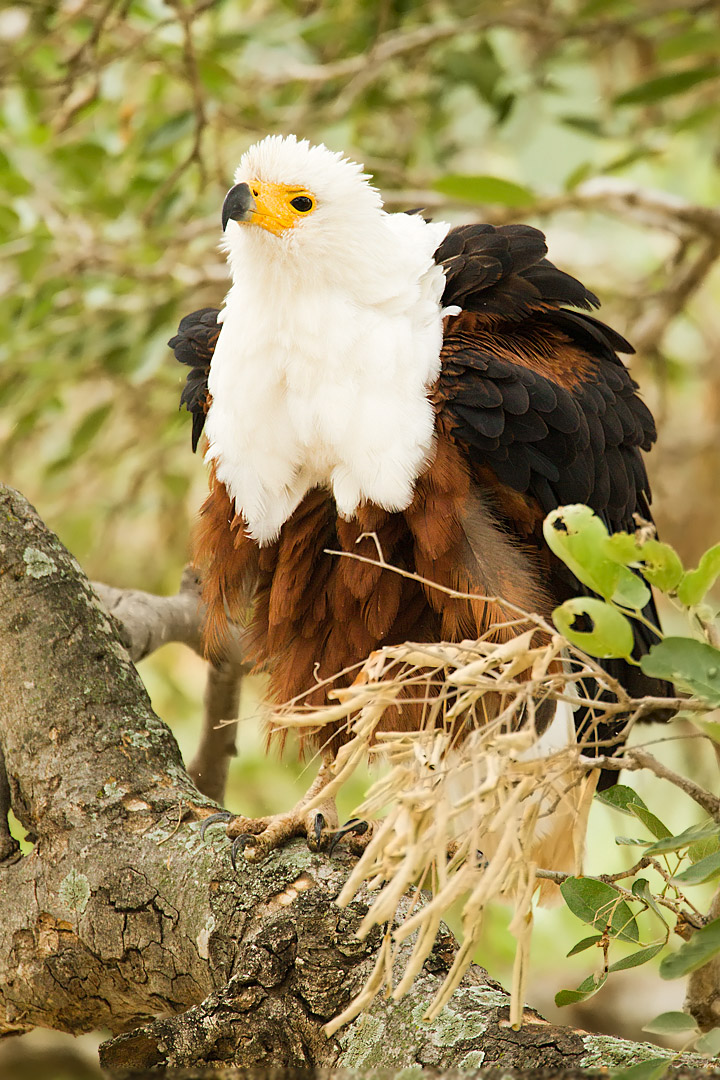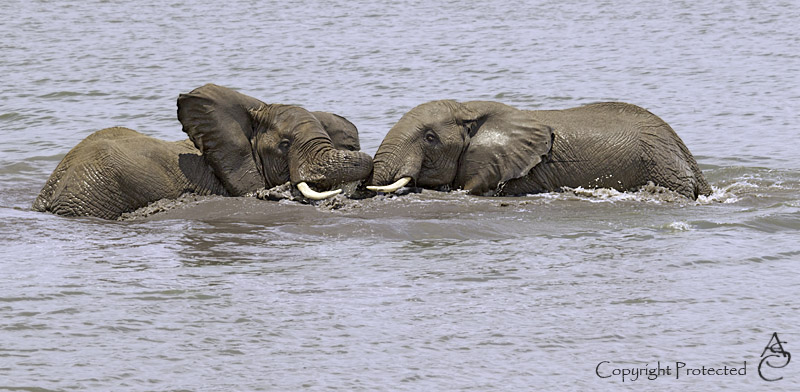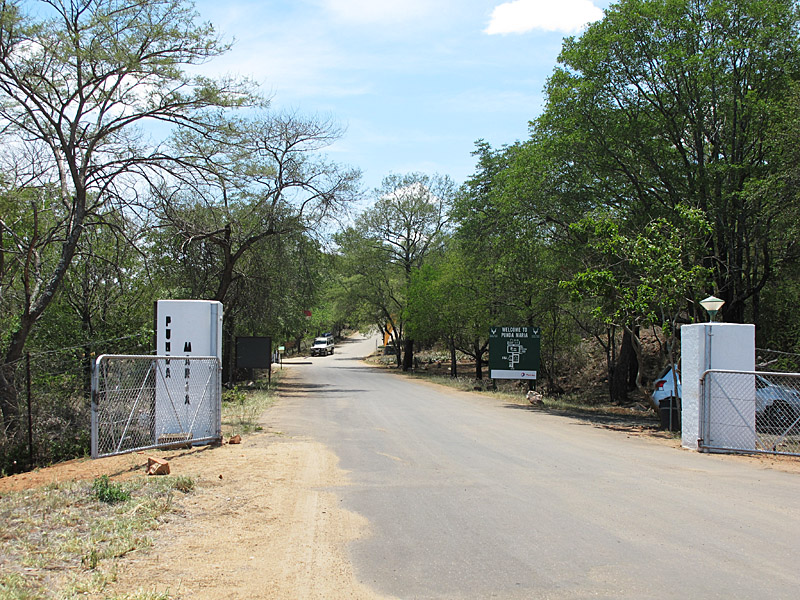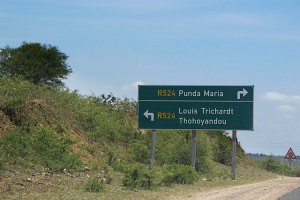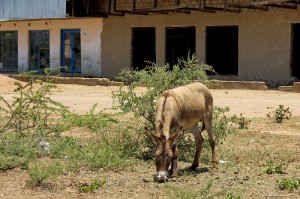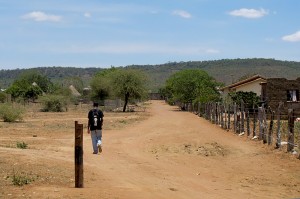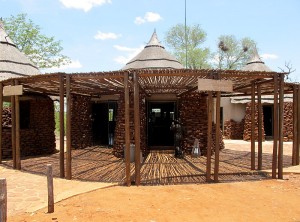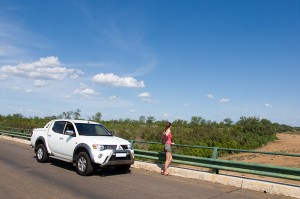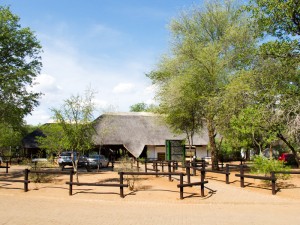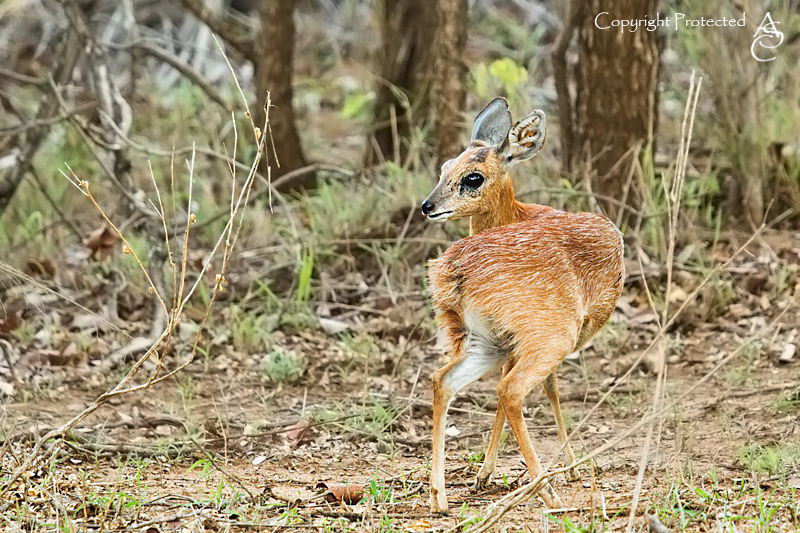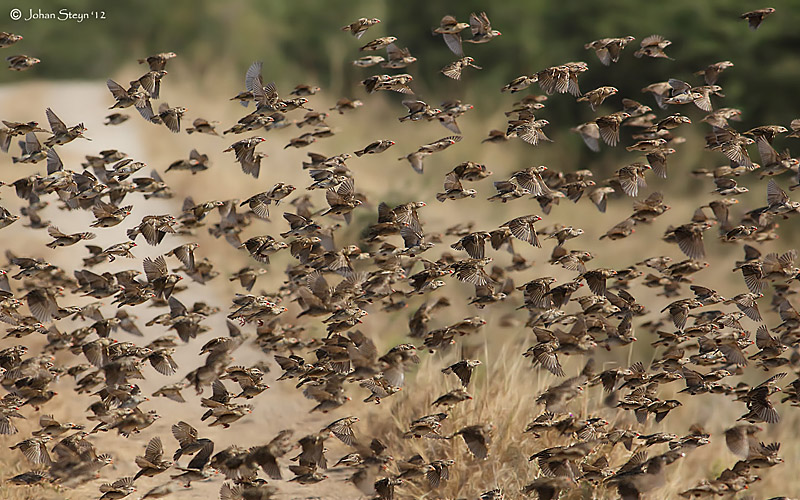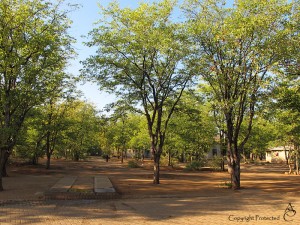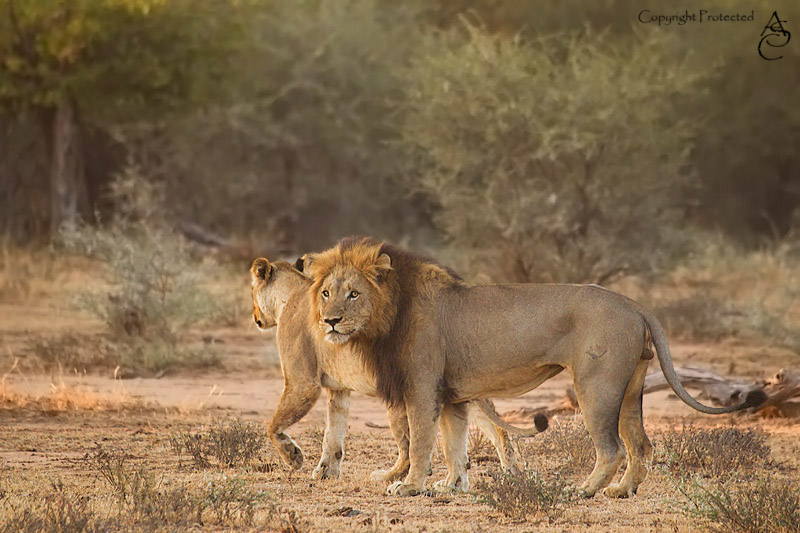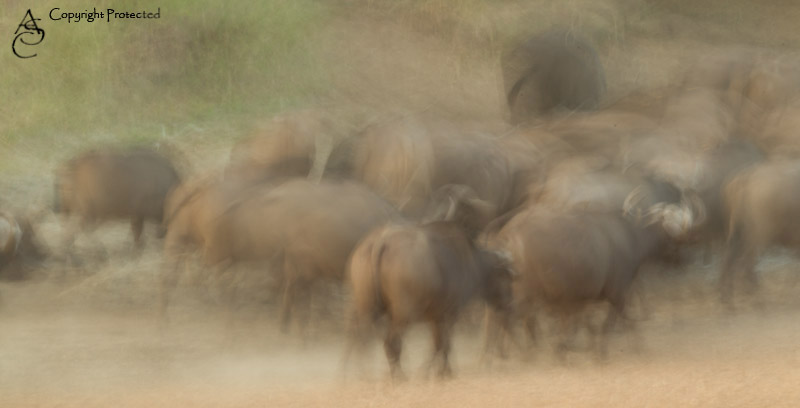Like all good things, our trip to Shingwedzi also had to come to an end. The end that was in store for us this time, however, was one of the best we’ve ever had.
Some distance after Babalala, on the way to Punda Maria gate, we saw some Vultures sitting in the trees. As we approached the spot, we saw more and more vultures, and realized that we were about to stumble upon a kill quite close to the road. It turned out that the kill was right next to the road, and the vultures were fighting over the scraps on both sides of the road. We spent over an hour photographing the commotion!

